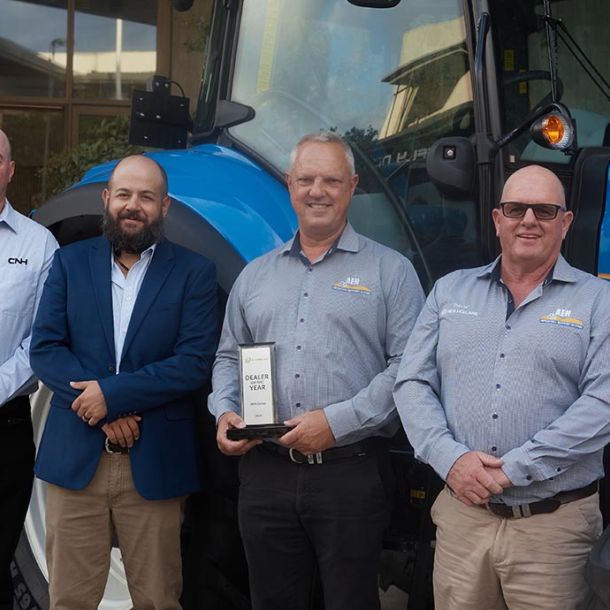Rip Deep to Keep Moisture
If Australians have learned anything from the weather of the last few years, it should be that moisture needs management. It is never a given, and rain come in many forms, from too little to too much. Ensuring soils are prepped and ready for rain events and moisture collection can mean the difference between a great crop, a good crop and in the worst case, no crop.
Combatting Compaction
Deep ripping can be particularly useful on sandy soils, especially in instances where soils have been subject to years of repetitive compaction. Compacted soils compress soil particles together[1]. The act of compression decreases pore space – the area between soil particles that allows water and air to reach under the surface. Pore spaces are critical not only to the movement of moisture to plant roots, but also to the decomposition processes build soil richness and humus. Yield losses due to compaction in just Western Australia are estimated at nearly $800 million per year[2], as determined by research by the Department of Agriculture and Food Western Australia (DAFWA)
Deep ripping re-establishes pore space by breaking up compaction and providing pathways between the surface and sub-surface areas of the soil profile. Breaking up compaction to improve moisture retention is best accomplished by utilising a standard ripping point, which allows for deep separation of compacted soil particles, also called “shatter,” without disturbing valuable organic matter on the soil’s surface[3].
Mixing Profiles
Another way for deep ripping to improve a soil’s moisture retention capacity is when it enhances mixture between differing soil layers. In heavily stratified duplex soils, where sandier soils are layered over deeper clay soils, moisture penetration can suffer[4]. While moisture might run freely into the sandier top layer soils, it can be stopped short by moisture-resistant clay soils. This can keep moisture from reaching optimal root depths, stunting plant growth and impeding seed development.
Using a cast wing point while deep ripping can cut through soil stratification and invert soil profiles, mixing soil types for better water penetration and overall moisture retention.
Yield Improvement in Small Grains and Legumes
Deep ripping on grain paddocks with sandy soils has repeatedly been shown to improve yields, and much of this improvement can be traced back to moisture availability. By increasing the pore spaces between soil particles, deep ripping brings moisture into the soil while simultaneously providing space for roots to develop. Additional root space in wheat crops translates into increased tillering, and studies in Western Australia and Victoria have shown yield increases of 25-40% following deep ripping treatments in sandy soils. Similar increases have been shown in legumes like chickpeas[5].
Root development produces additional yield by not only increasing seed development, but also by increasing standability. Pore spaces and good root systems help moisture and air move between soil levels and through to the plant. This movement keeps moisture from stagnating around under-developed root systems, preventing lodging and producing more harvestable stalks.
Opportunistic Ripping
Another chance for producers to improve moisture retention through ripping is less easily characterised, but still important. Opportunistic ripping is the process of following a significant out-of-season rain event with a deep ripping pass. Opportunistic ripping creates pathways for newly deposited surface moisture to reach the subsoil. Without ripping, this moisture would otherwise remain on the surface, eventually evaporating back into the air with minimal impact to long-term soil moisture quality for next season’s crops. ,p>The methodologies for application of deep ripping to a soil and moisture management plan are complex, but the ability of the process to significantly impact retained moisture are too valuable to overlook. Capitalizing on opportunistic moisture and increasing retained soil moisture over time are management practices that translate to improved yields and money in the bank.
The methodologies for application of deep ripping to a soil and moisture management plan are complex, but the ability of the process to significantly impact retained moisture are too valuable to overlook. Capitalizing on opportunistic moisture and increasing retained soil moisture over time are management practices that translate to improved yields and money in the bank.








